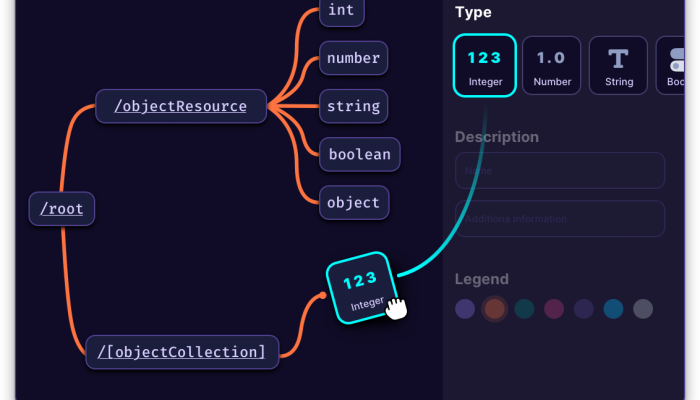API Design

API design, or Application Programming Interface design, involves creating a set of rules and conventions for building and interacting with APIs. An API serves as an interface that allows different software applications to communicate and exchange data. Here are some key aspects of API design:
Consistency and Simplicity:
Well-designed APIs follow consistent patterns and are designed to be intuitive and easy to use. They use clear and concise naming conventions, adhere to standard HTTP methods (GET, POST, PUT, DELETE), and have consistent error handling and response formats. Keeping the API design simple and consistent makes it easier for developers to understand, implement, and maintain.
RESTful Design Principles:
REST (Representational State Transfer) is a popular architectural style for designing APIs. RESTful APIs use a set of principles, such as using unique resource identifiers (URIs), stateless communication, and utilizing standard HTTP methods, to create a scalable and interoperable system. Following RESTful principles helps ensure the API is well-structured and can be easily consumed by clients.
Versioning and Compatibility:
APIs often undergo updates and improvements over time. It is essential to have versioning strategies in place to maintain backward compatibility and avoid breaking changes that could disrupt existing client applications. APIs should provide a clear versioning scheme in the URI or request headers to allow clients to select the desired API version.
Authentication and Authorization:
APIs often require authentication and authorization mechanisms to ensure secure access and protect sensitive data. API design should incorporate appropriate authentication methods, such as API keys, OAuth, or JWT (JSON Web Tokens), to authenticate clients and authorize access to specific resources or functionalities.
Error Handling and Documentation:
Effective API design includes comprehensive error handling to provide meaningful and informative error responses when something goes wrong. Error responses should include relevant HTTP status codes and detailed error messages to help developers understand and resolve issues. Additionally, well-documented APIs with clear and up-to-date documentation, including usage examples and code snippets, make it easier for developers to understand and implement the API correctly.
Performance and Scalability:
API design should consider performance and scalability aspects to handle increasing traffic and ensure optimal response times. This involves techniques like caching, pagination, rate limiting, and employing efficient data transfer formats like JSON or Protocol Buffers. Well-designed APIs are optimized to minimize latency and handle high concurrent requests.
Testing and Monitoring:
Robust API design includes thorough testing to ensure the API functions as intended. Comprehensive test cases, including positive and negative scenarios, are necessary to validate the API's behavior. Additionally, monitoring tools and analytics can be implemented to track API usage, and performance metrics, and identify any potential issues or bottlenecks.
API design focuses on creating well-structured and intuitive interfaces that enable efficient communication between different software applications. By following design principles such as consistency, simplicity, RESTful practices, versioning, authentication, error handling, documentation, performance optimization, and testing, API designers can create APIs that are easy to use, secure, scalable, and meet the needs of developers and consumers.
